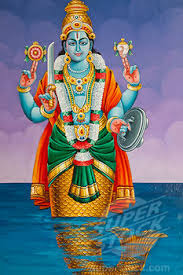Duty And Cosmic Will-5-2.

5. Discrimination : 2. There are in the world innumerable instances of conflicts of duties, all of which can be solved only by the exercise of one’s own intellect. It might be that one’s intellect is not always as high as it ought to be. But that does not matter. It is only the genuine effort that a man makes to arrive at a correct decision that counts. He is saved from the liability of sin if his conscience is clear, and if he has made a genuine effort. God knows full well that the intellect of the highest of human beings is limited. If God is to accept only the correct solution, nobody in the world will be able to offer it. God knows it, and, therefore, God will approve of every solution coming from any individual, provided there has been a genuine, sincere effort made by him, without any selfish motive, for the purpose of being helpful to another. Thus, ultimately, it is the conscience that decides in each case the duty that one has to perform. Next : 6. Cosmi













